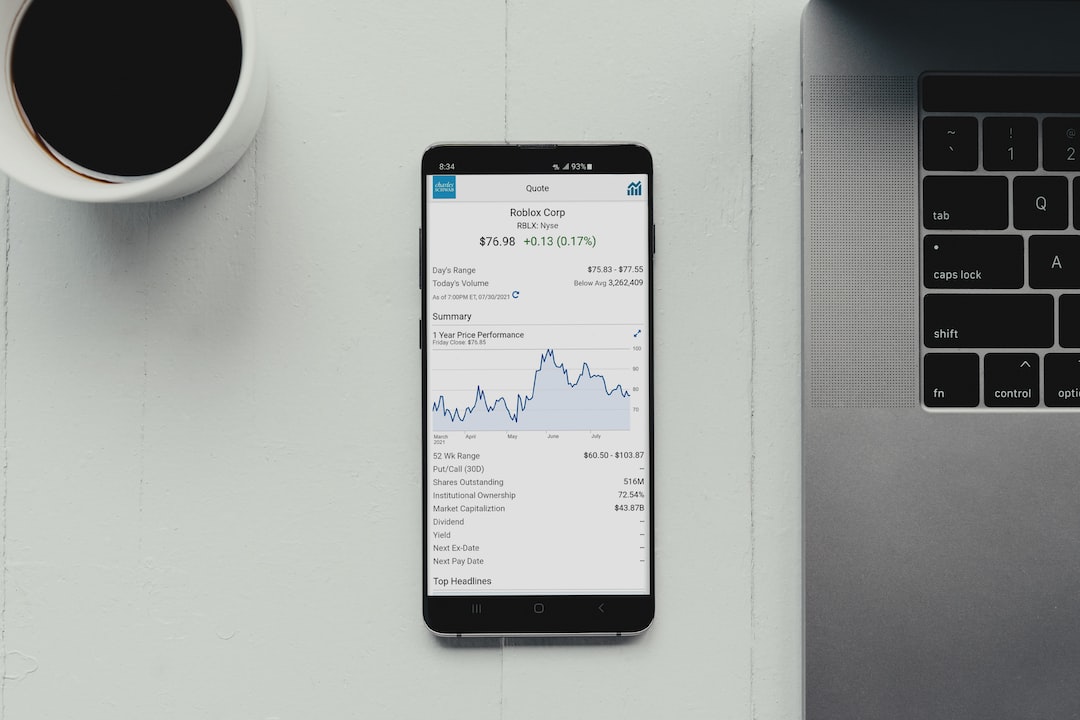Ripple Unveils Whitepaper on Central Bank Digital Currencies (CBDCs)
Blockchain payment company Ripple has released a whitepaper that explores the state of Central Bank Digital Currencies (CBDCs), their role in cross-border payments, and the challenges they face in various jurisdictions.
The framework, published on December 14, provides an overview of CBDC developments, current approaches taken by central banks and financial authorities, and the expanding use cases for this technology.
CBDCs: Transforming the Global Financial Landscape
Ripple’s whitepaper highlights that 130 countries, accounting for 98% of global GDP, have engaged in some form of CBDC exploration. Nigeria and the Bahamas have launched evolving solutions, while China and other Asian countries are in pilot phases. The United States and South Africa are also exploring CBDCs.
The Bank for International Settlements (BIS), Financial Stability Board (FSB), and the European Union see CBDCs as a means to shape the future of payments, offering an alternative to cash and facilitating cross-border transactions.
The Vast Potential of CBDCs
Ripple has been actively supporting CBDC development in multiple countries, securing partnerships as a technology provider. The whitepaper emphasizes that CBDCs can enhance the financial value chain by enabling interbank payments, cross-border transactions, retail payments, and more, thereby expanding financial inclusion.
Blockchain technology plays a crucial role in promoting financial inclusion in underbanked regions with limited infrastructure. By adopting CBDCs as a form of payment, individuals in these regions gain access to faster transactions and become part of the formal economy, boosting national GDP.
CBDCs also facilitate offline transfers in disadvantaged areas without internet connectivity. The model has the potential to improve bank deposits and increase financial inclusion.
Overcoming Adoption Challenges
One major concern surrounding CBDCs is privacy breaches. However, authorities assure that user data will be protected and have dismissed fears over the impact of digital currencies on privacy.
Interoperability is another challenge, as there is no universally agreed-upon model for conducting payments across different platforms. Additionally, robust security measures and clear regulations are needed to ensure uniformity across continents.
Hot Take: Ripple’s Insights into CBDCs
Ripple’s whitepaper offers valuable insights into the current state of CBDCs, their potential benefits, and the challenges they face. With CBDCs gaining traction globally, it is crucial to address concerns around privacy and interoperability while ensuring robust security measures and regulatory frameworks. By leveraging blockchain technology, CBDCs have the potential to revolutionize cross-border payments, drive financial inclusion, and stimulate economic growth. As countries continue to explore and implement CBDC solutions, collaboration between central banks, financial authorities, and technology providers like Ripple will be essential in shaping the future of digital currencies.





 By
By
 By
By
 By
By
 By
By

 By
By